Perk Up with 6 Tasteful Malaysian Drinks
Lighten your mood and rejuvenate your senses with 6 must-try Malaysian drinks!
Discover the authentic in Asian cuisine food
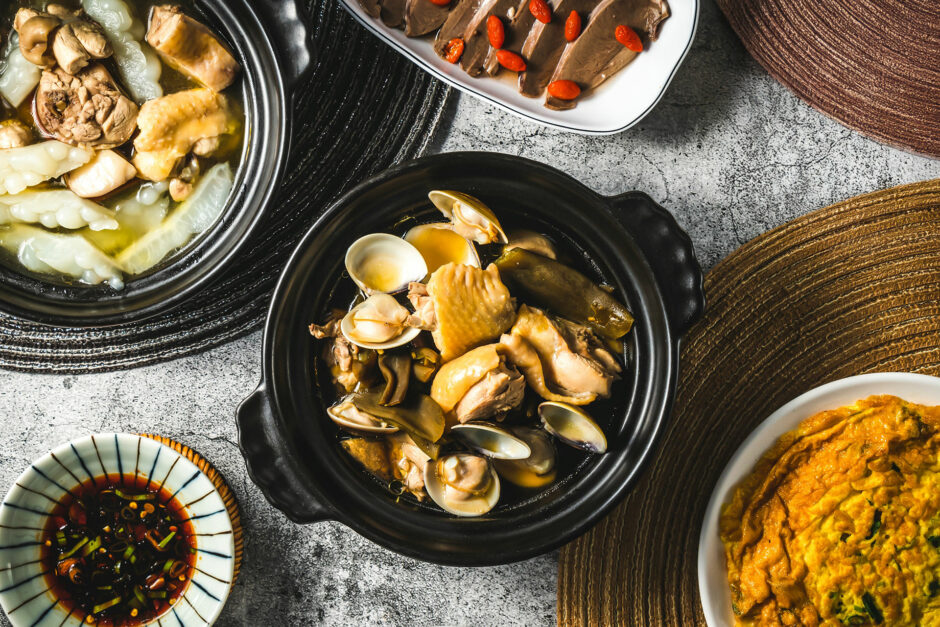
Hokkien cuisine comprises the cooking styles, foods and flavours of Fujian province, China. Also known as Min Cai, it is among the 8 major Chinese cuisines. Next to Cantonese cuisine, Hokkien cuisine arguably has the most widespread influence in the global Chinese diaspora. Taiwanese and Singaporean cuisines are heavily influenced by Hokkien heritage, and a plethora of popular Malaysian Chinese dishes are also of Hokkien origin. Beyond that, many world-renown Chinese delicacies are influenced by, or are legacies of Hokkien culinary as well.
Fun fact: Fujian is the province’s official Mandarin name, while Hokkien and Min are in the province’s actual local dialect. So, they all mean the same thing.
China is never a monocultural nation. In fact, Fujian province alone is home to a diverse people of multiple localities. Each with their unique range of flavours that make up the whole of Hokkien cuisine, and can be broadly categorised to 3 main groups.
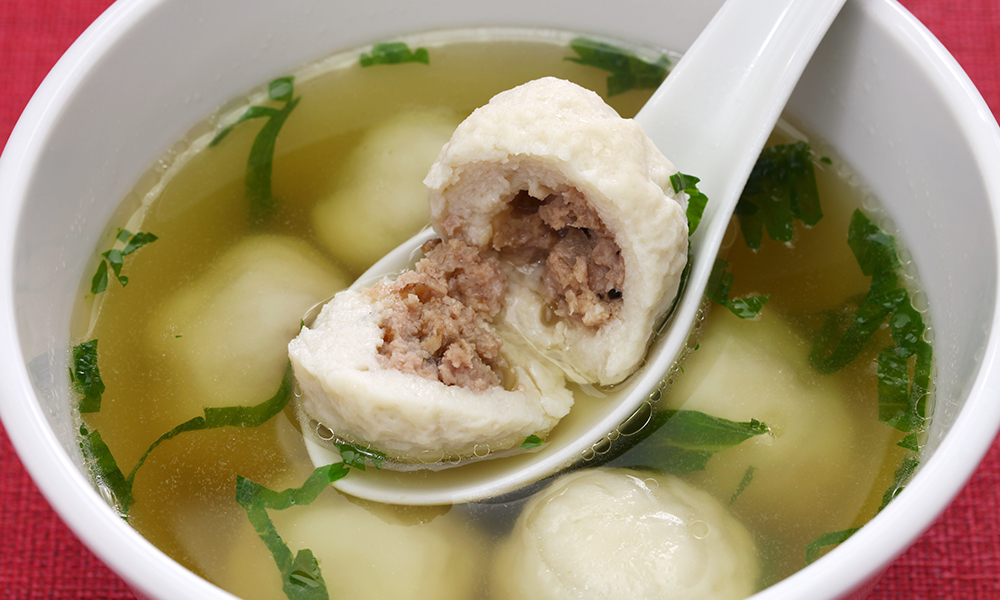
Fuzhou is at the centre of Fujian and covers the provincial capital regions. Delicate, exquisite and comforting flavours are their cuisine’s specialty, with a love for thick broths, braised goodies and rich umami soups.
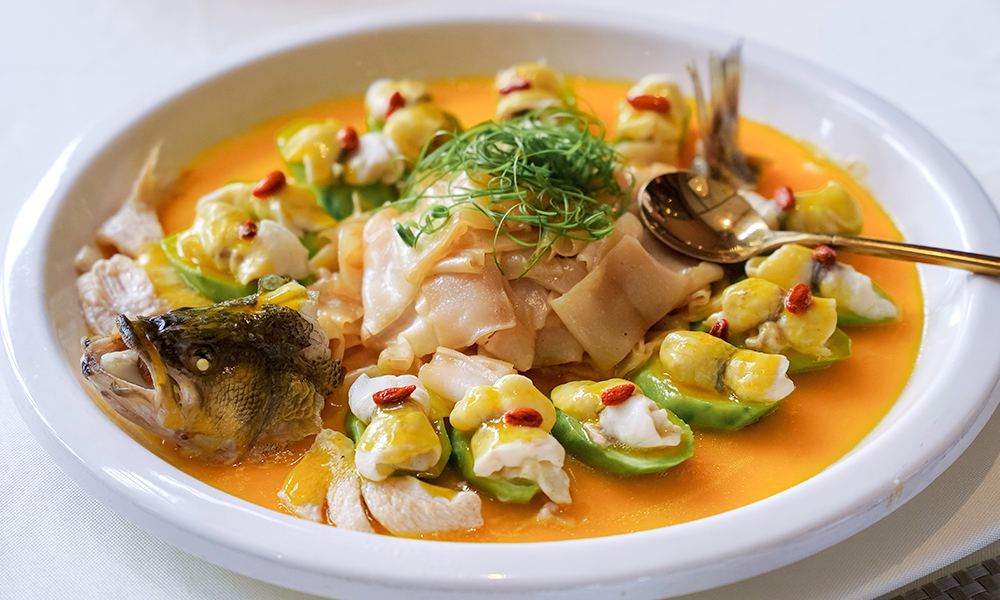
Minnan covers the southern Fujian regions to the coastline. Unique seafoods with succulent savoury flavours and alluring herbal aromas are their signature.
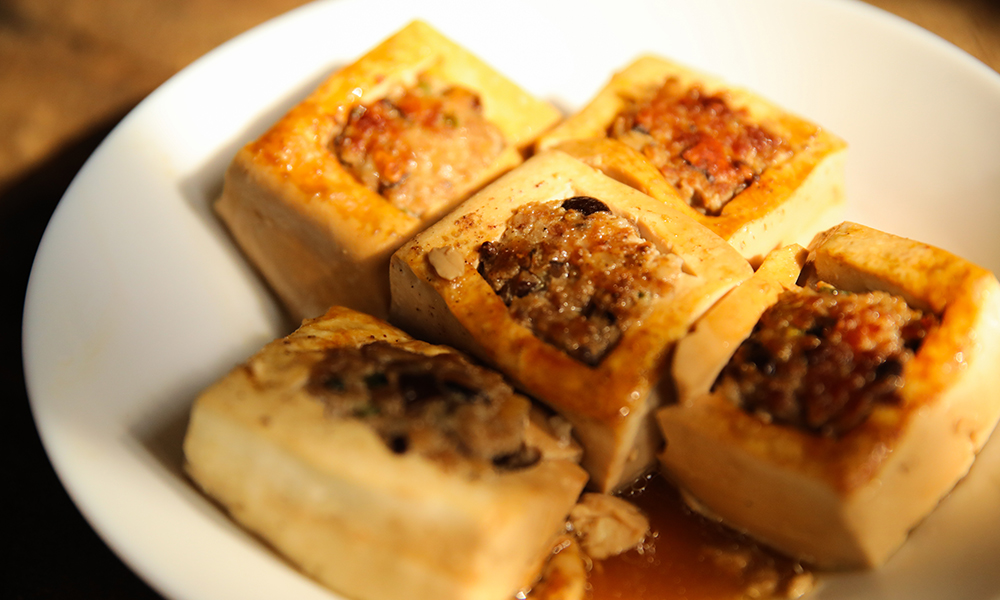
Minxi are the western Fujian inland regions. Home to the bold, zesty and layered tastes of Hakka cuisine, with sumptuous meaty delights.
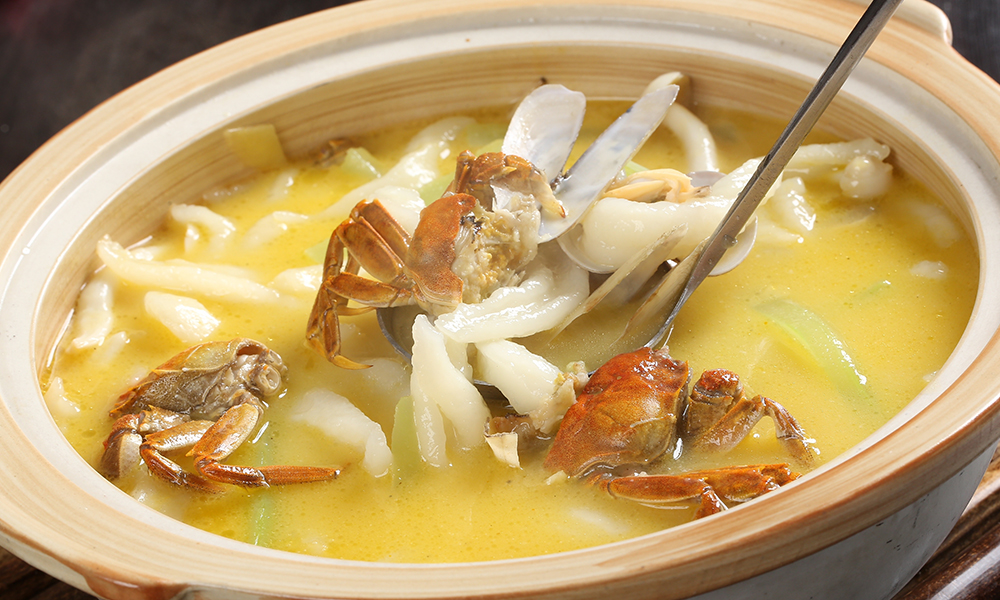
Hokkien cooking requires delicate preparation and a mastery of many tasteful ingredients.
Basic herbs like garlic, ginger and shallots are often minced or thinly sliced. So are meats like pork and beef as well as vegetables like spring onion, radish, and bamboo shoot.
Fish, oyster, prawns, shrimps, squid and sea cucumber are Hokkien cuisines’ beloved seafoods and are always cleaned and expertly cut to absorb the most flavours while maintaining their natural freshness.
Hokkien flavour-makers include dried shrimp or scallops, shiitake mushroom, pork lard, star anise, cinnamon, five spice powder, chilli pepper, and vinegar. Sauce blends may include light soy sauce, dark soy sauce, honey, oyster sauce, Shaoxing wine; with beaten egg, sweet potato flour or tapioca flour as a thickening agent.
As you may surmise from the general ingredients listed above, Hokkien cooking is all about blending layers of flavours into every dish. Braised dishes and light yet rich soups are local favorites, while stir-fries often feature flavorful sauces that enhance the natural taste without overpowering it.
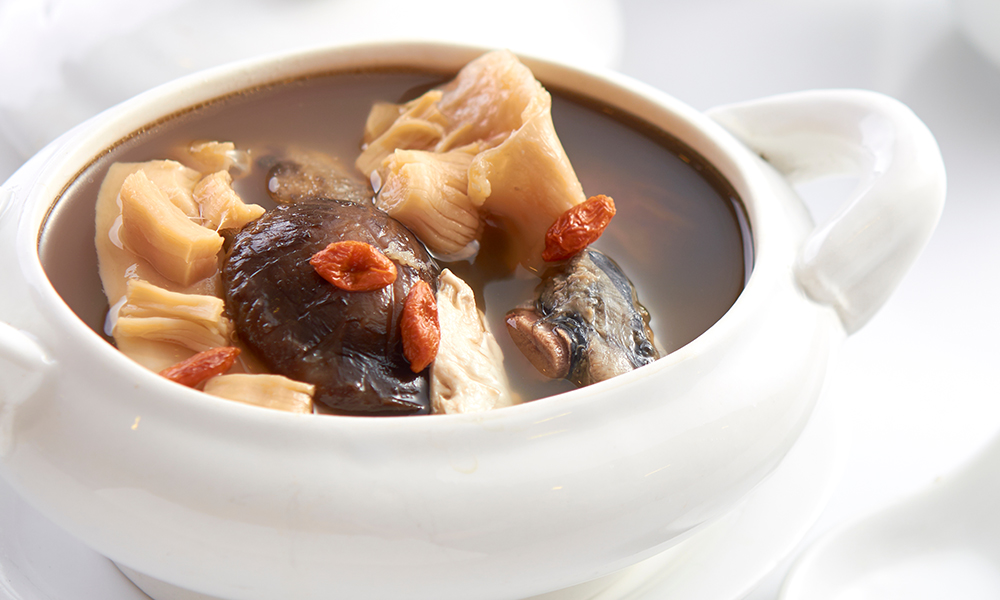
A luxuriant soup that simmers abalone, chicken, dried scallops, shiitake mushroom, sea cucumber, and other rich-tasting goodies in a blend of Shaoxing wine, soy sauce, ginger, scallion, and other fragrant ingredients; served in a special porcelain mug. Considered the pinnacle of Hokkien culinary, so delicious that it defies description, and even ascetic Buddhist monks may leap over walls for a taste; hence the funny name. This remarkable classic dish has wowed the tastebuds of emperors since the Qing Dynasty, and remains a rare indulgence today.
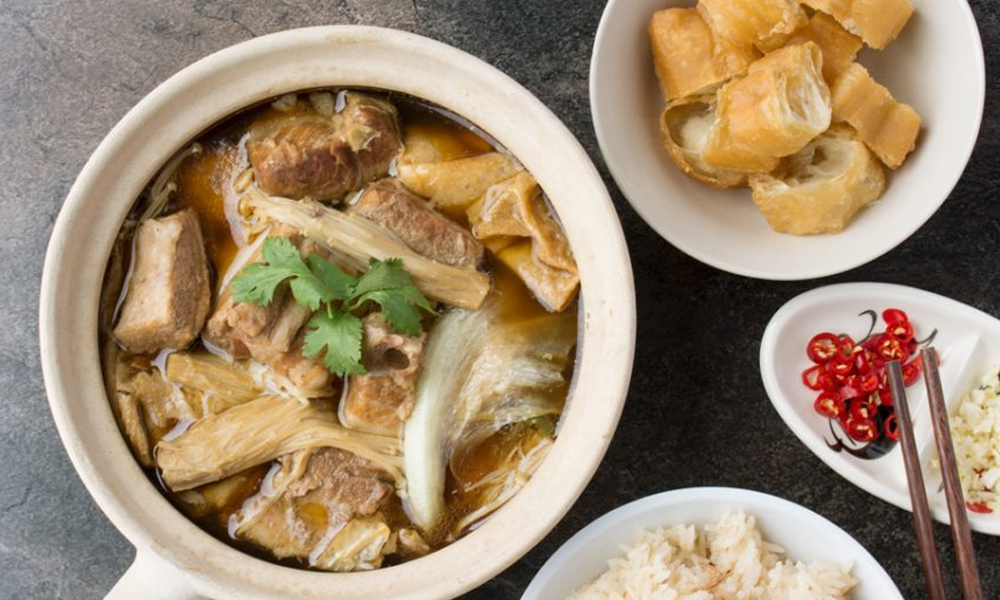
Bak Kut Teh or Meat-Bone Tea is actually a misnomer, as there is no tea involved. Instead, this famed Malaysian and Singaporean pork soup gets its spellbinding umami taste and aroma from a combo of aromatic Chinese medicinal herbs, garlic, and spices. Believed to have been brought over to Southeast Asia by Hokkien immigrants, and since made popular by everyone who tasted it. Today, Bak Kut Teh sachets with the precise balance of herbal ingredients are available at supermarkets and Asian grocers around the world. So go grab a pack and cook up your own authentic Bak Kut Teh with our recipe!
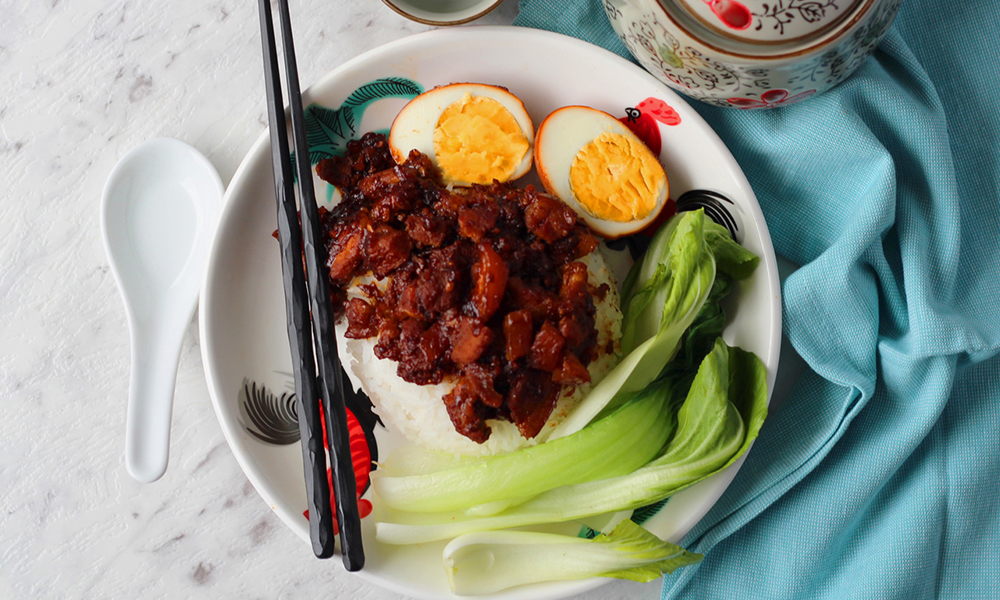
A staple of Taiwanese cuisine, Lu Rou Fan or Braised Pork Rice is caramelised pork belly braised with dried shrimps, star anise, five spice powder, Shaoxing wine, fried shallots, and minced garlic. Served with steamed rice, hard-boiled egg, and leafy greens. A one-bowl meal that pleases and satisfies.
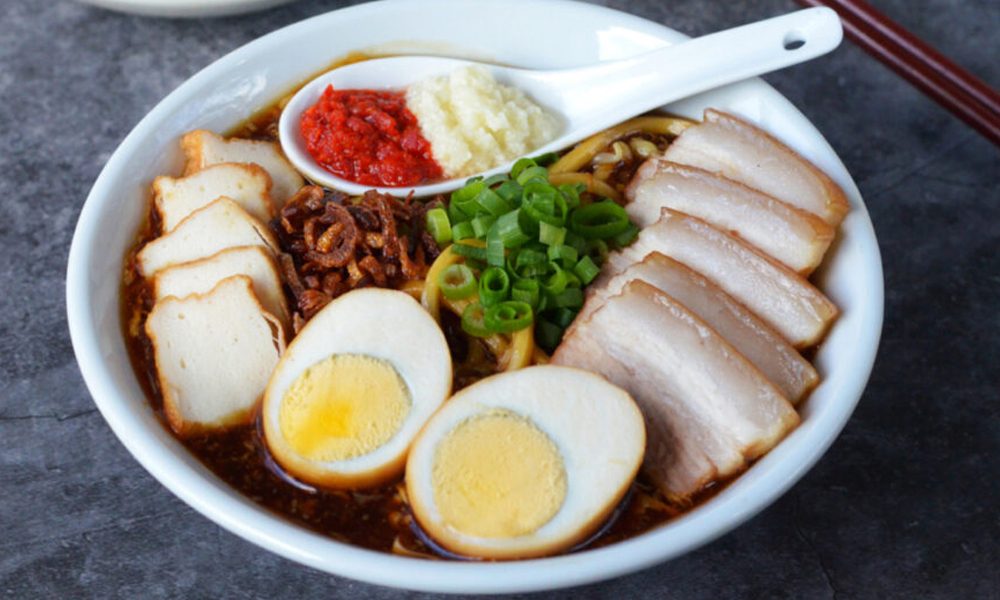
Lor Mee is Hokkien braised pork noodle delight with a thick savoury broth. Star anise, cinnamon, ginger, and five spice powder give its deep aroma, while a blend of dark soy sauce, light soy sauce, and chicken stock makes its layered savoury taste. The sauce is thickened with beaten egg and tapioca flour into a mouthwatering gravy that coats tender noodles, braised pork belly, hard-boiled eggs, fish cake, and bean sprouts. Served with a blended condiment of garlic paste, chill paste, and Chinkiang vinegar. Absolutely sumptuous and slurp-tastic!
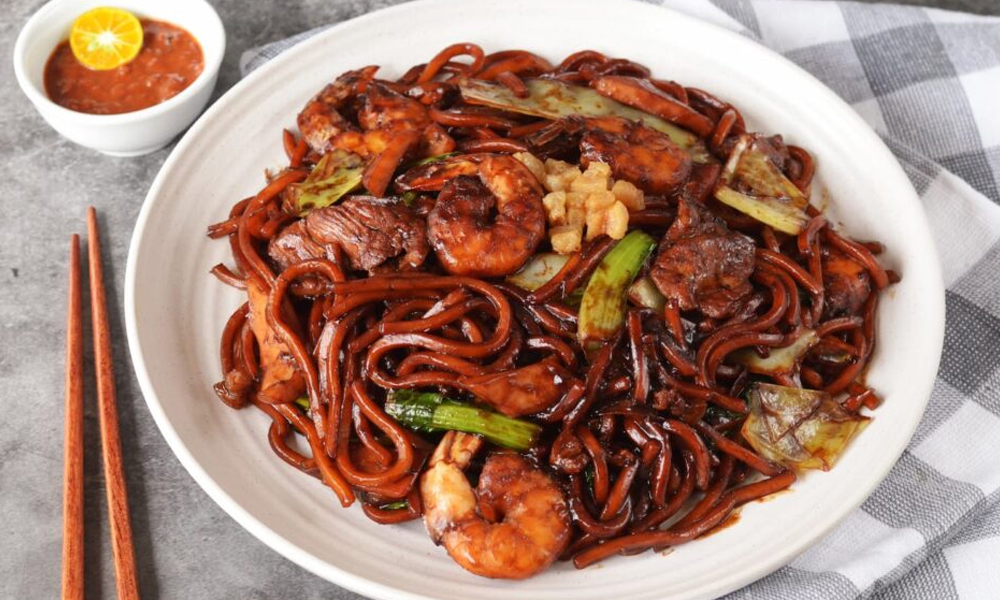
Richly savoury with a thick saucy taste, this Hokkien-style stir-fried noodles is a hawker specialty of Kuala Lumpur, Malaysia. This Hokkien-style noodle dish typically includes pork slices, squid, prawns, and cabbage, stir-fried with garlic. Next, the sauce blend, consisting of dark caramel sauce and oyster sauce, is mixed in. Before adding the noodles, choy sum and carrot slices are added to complete the dish, and garnished with crispy pork lard bites. Easy to make, yummy to slurp! Whip it up with our authentic recipe!
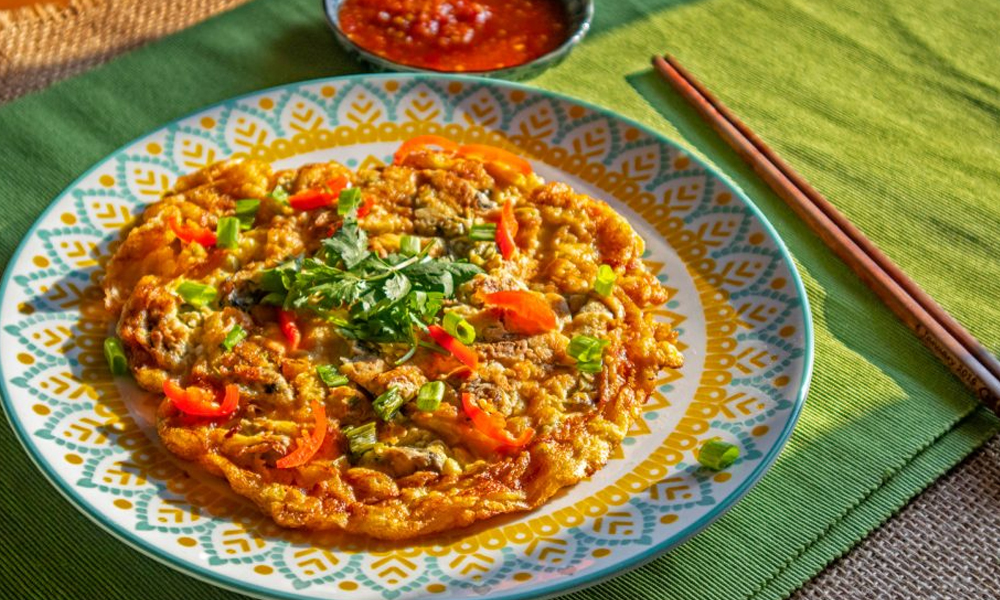
Oyster Omelette is a Taiwanese Hokkien street food fave. The oysters and eggs are flavoured with garlic, pepper, fish sauce and chilli. Fried with a batter of lightly salted sweet potato flour and rice flour, resulting in a fabulous savoury pancake omelette served with chilli sauce. Super easy to make! Treat yourself to a Hokkien oyster omelette with our authentic recipe.
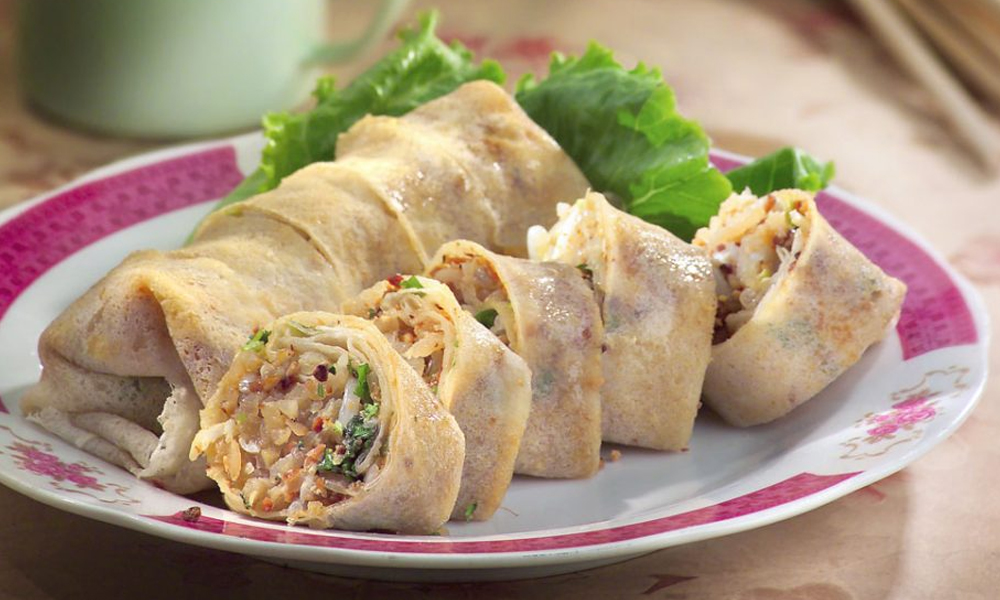
Popiah is an ‘upgraded’ spring roll with a distinctly complex Hokkien flavour. The thin wrap is made of flour dough with a pinch of salt. Packed with a basic filling, pan-fried shrimps, jicama, fried shallots and bean sprouts, flavoured with light soy sauce, oyster sauce, pepper, sugar and salt. You can also stuff your Popiah with additional fillings of shredded roast duck or chicken, fried tofu, sliced omelette, ground roast peanuts, bean sprouts and julienned cucumber for a fuller Hokkien savouriness. Make your own fresh, authentic Popiah with our recipe!
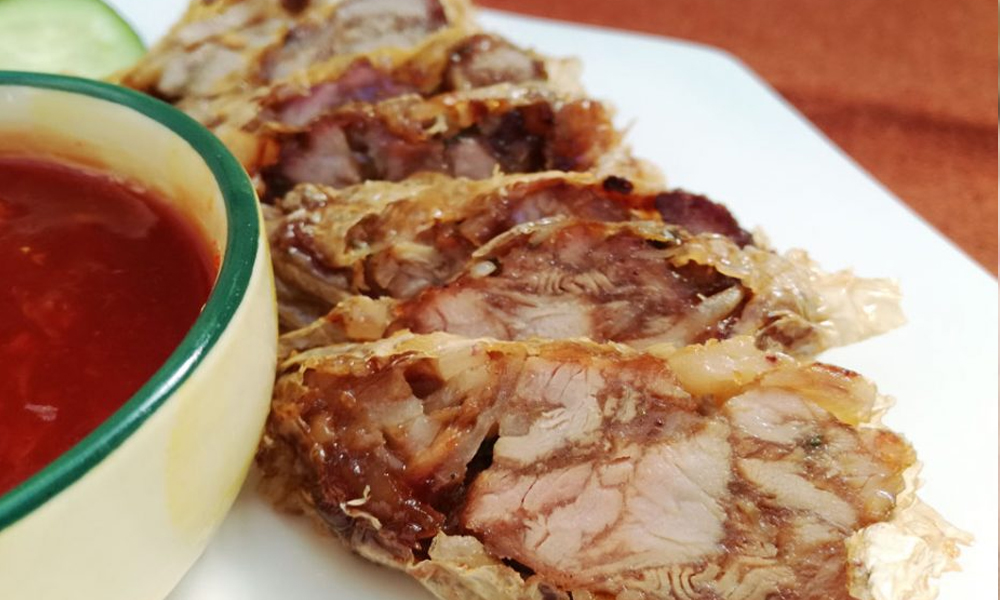
Crispy outside, succulent and meaty within, this classic Hokkien street food snack packs a savoury, aromatic taste. The filling — typically a mix of tender pork and crunchy water chestnut — is seasoned with bold five spice powder, light soy sauce, and dark soy sauce. Served with a zesty, tangy chilli sauce enriched with garlic, a dash of lime juice, sugar and toasted sesame seeds. Sensational to munch! Try it with our authentic recipe.
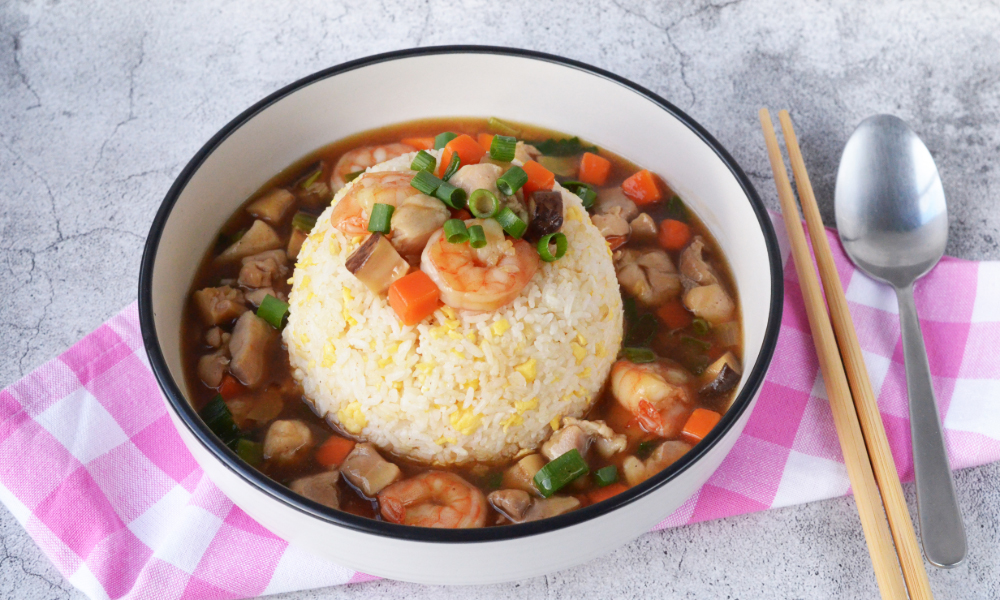
The above are just a small selection of delectable Hokkien specialities for you to savour. Other Hokkien yummies include the spicy, savoury Penang Prawn Mee noodle soup, the Singaporean Hokkien Mee stir-fried noodles with prawns, pork and squid, the Hokkien fried rice with an amazing savoury gravy, the sweet and umami Honey Soy & Chilli chicken noodles, as well as the fantastic Soh Bak Ngee meatballs. Check out the linked recipes for all of them!

Lighten your mood and rejuvenate your senses with 6 must-try Malaysian drinks!
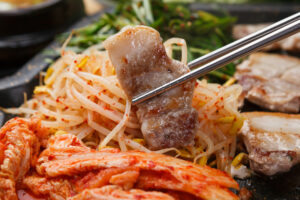
Pair your hearty barbecues with these refreshing Asian delights!
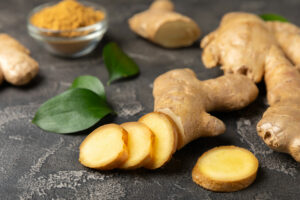
What are the properties of ginger, and how to pick, store and use ginger in your cooking? Find out here!